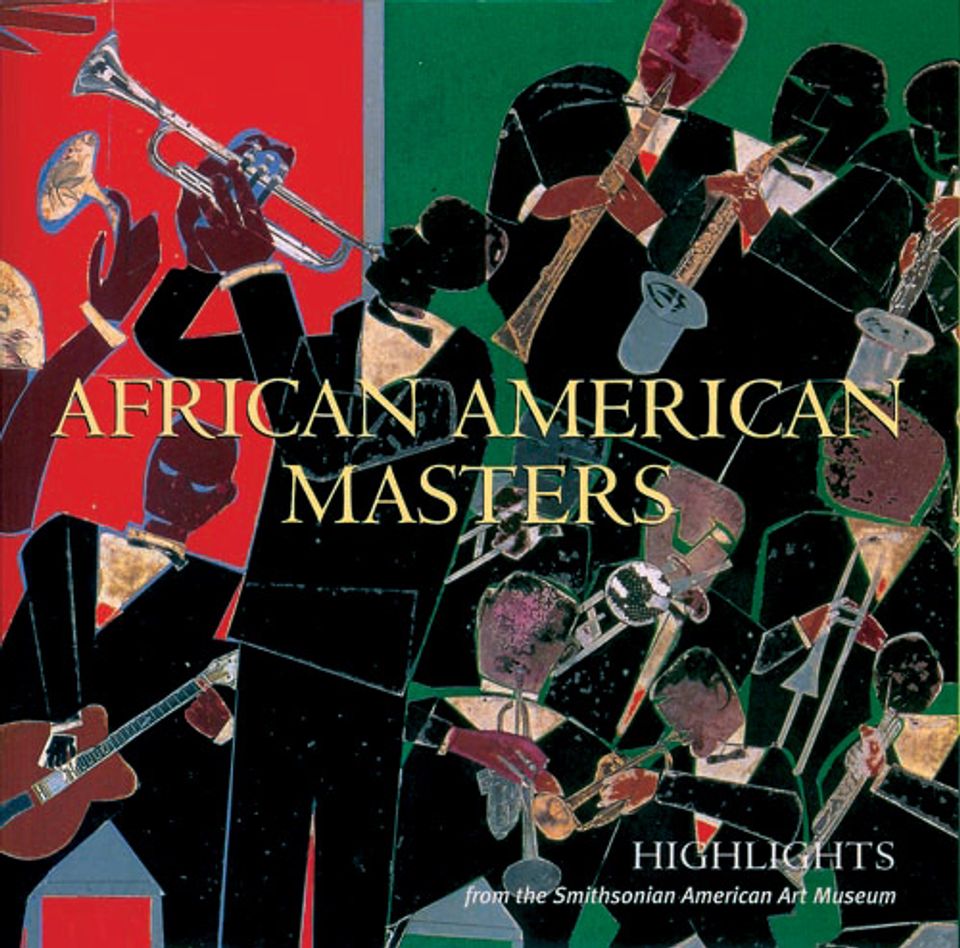Betye Saar
- Born
- Los Angeles, California, United States
- Biography
Betye Saar was born in Pasadena, California. During visits to her grandmother in the Los Angeles neighborhood of Watts, she watched as the fantastic Watts Towers were slowly being constructed by Simon Rodia out of broken glass, bottle tops, and other junk. The experience would later influence her own work.
Saar was a latecomer to art. Graduating from the University of California at Los Angeles in 1949 and then marrying, she returned to California State University at Long Beach to earn a teaching certificate. There she was exposed to printmaking and decided to get an MFA in graphic design. However, when her prints began to win competitions, she reconsidered and at the age of thirty-four turned to art as a full-time career.
Her first works were color etchings, but in the late sixties, she changed direction after attending an exhibition of boxes by Joseph Cornell. Drawing on a childhood interest in mysticism and the occult, she began a series of boxes based on African and Oceanic myths. The death of Martin Luther King, Jr., prompted her to produce a second group of works based on racial slurs common in advertising and stereotypes of blacks preserved by white folklore. In subsequent works Saar evoked her bittersweet youth in the twenties and thirties, making assemblages that included faded bits of lace, photographs, and other memorabilia. In her most recent art, Saar's social commentary has been enriched by personal symbolism tied to her own emotional explorations.
National Museum of American Art (CD-ROM) (New York and Washington D.C.: MacMillan Digital in cooperation with the National Museum of American Art, 1996)














